Dr. Chasan has performed thousands of rhinoplasties for over 30 years. He sees his work as a lifelong commitment to the art. He brings an unusual level of experience to the table, placing his quality of work at the top of the list. As a result, Dr. Chasan receives many patients for both new rhinoplasties and revision rhinoplasties alike.
Below, learn more about the rhinoplasty procedure itself.


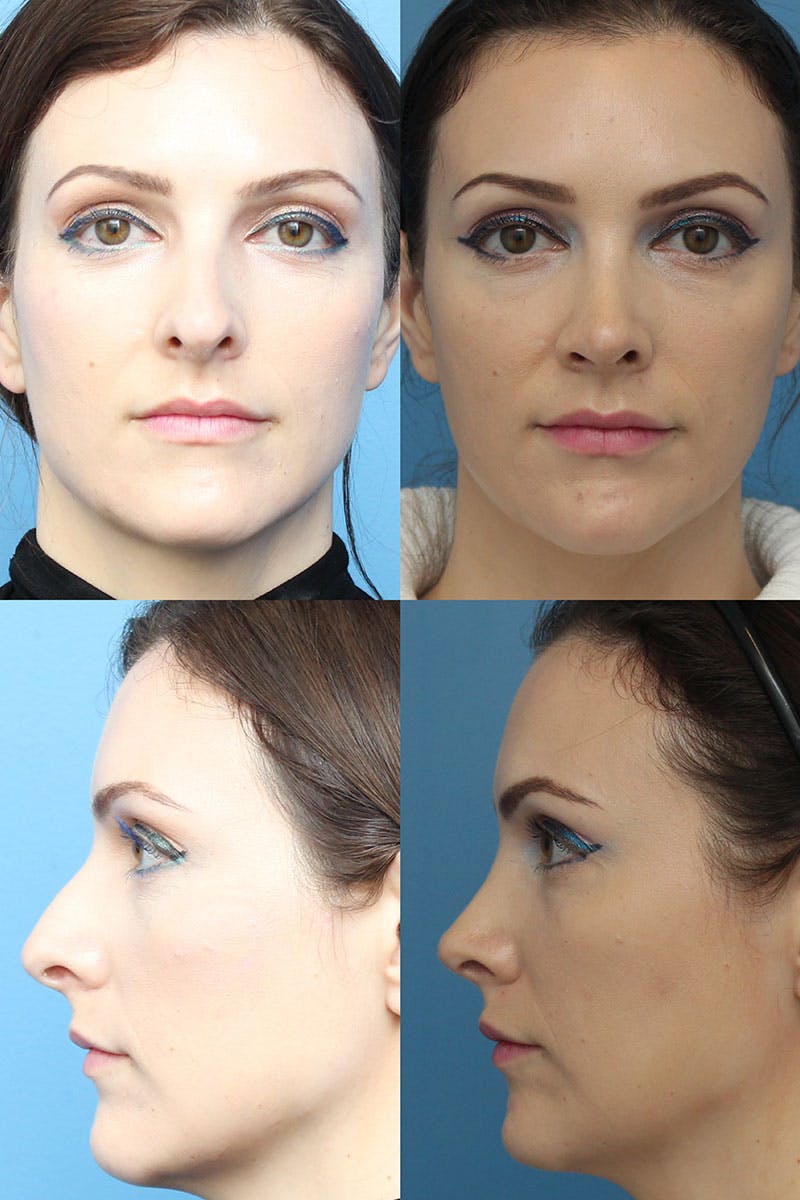
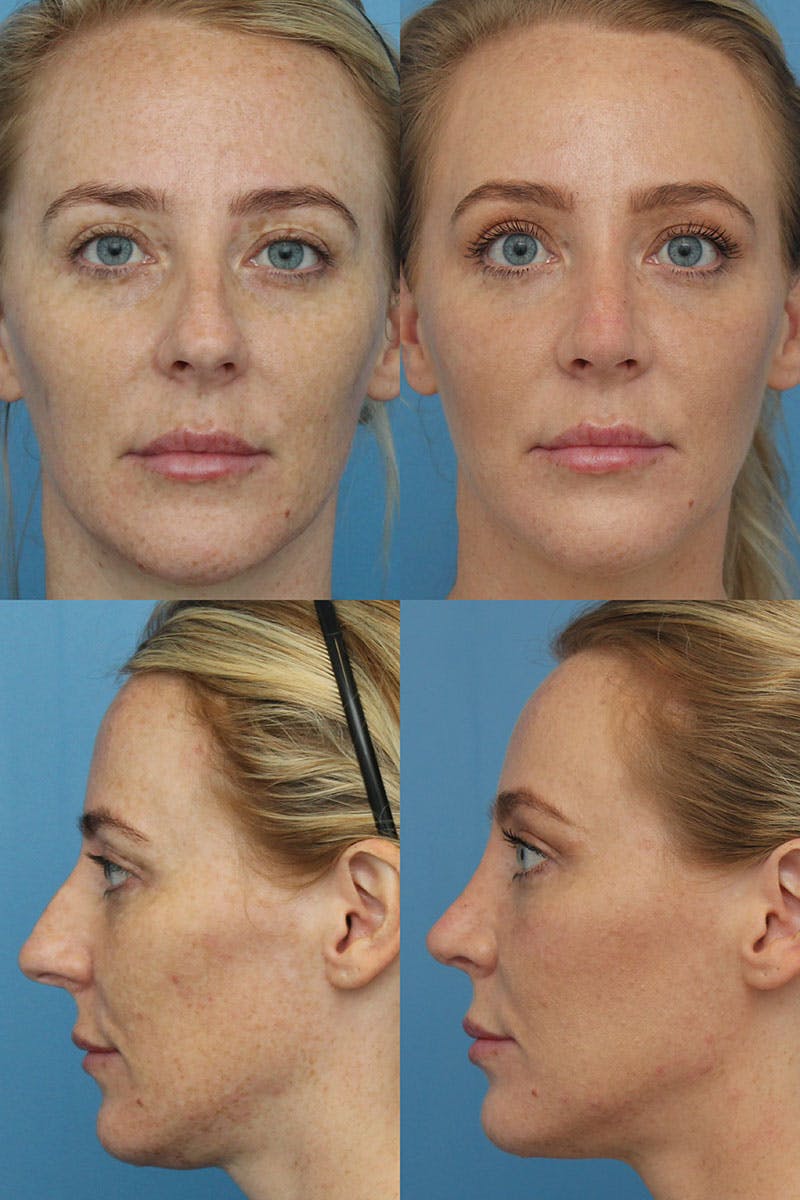
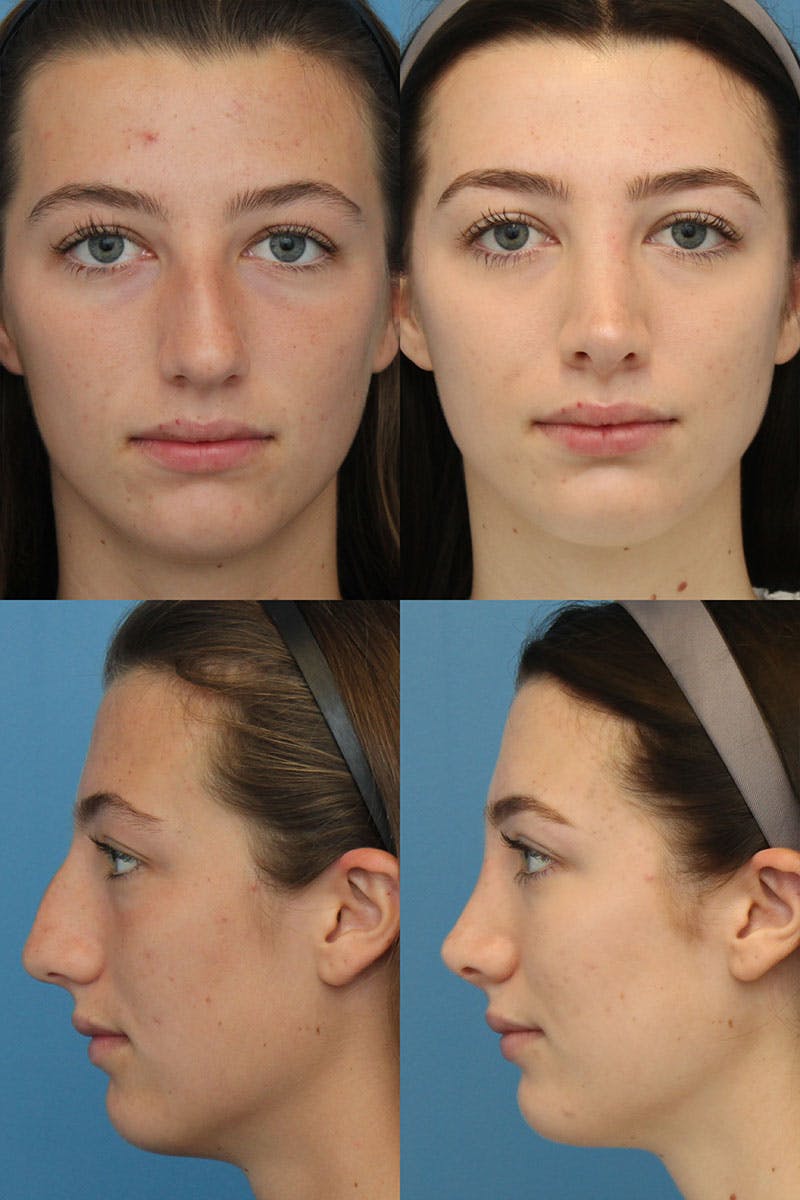
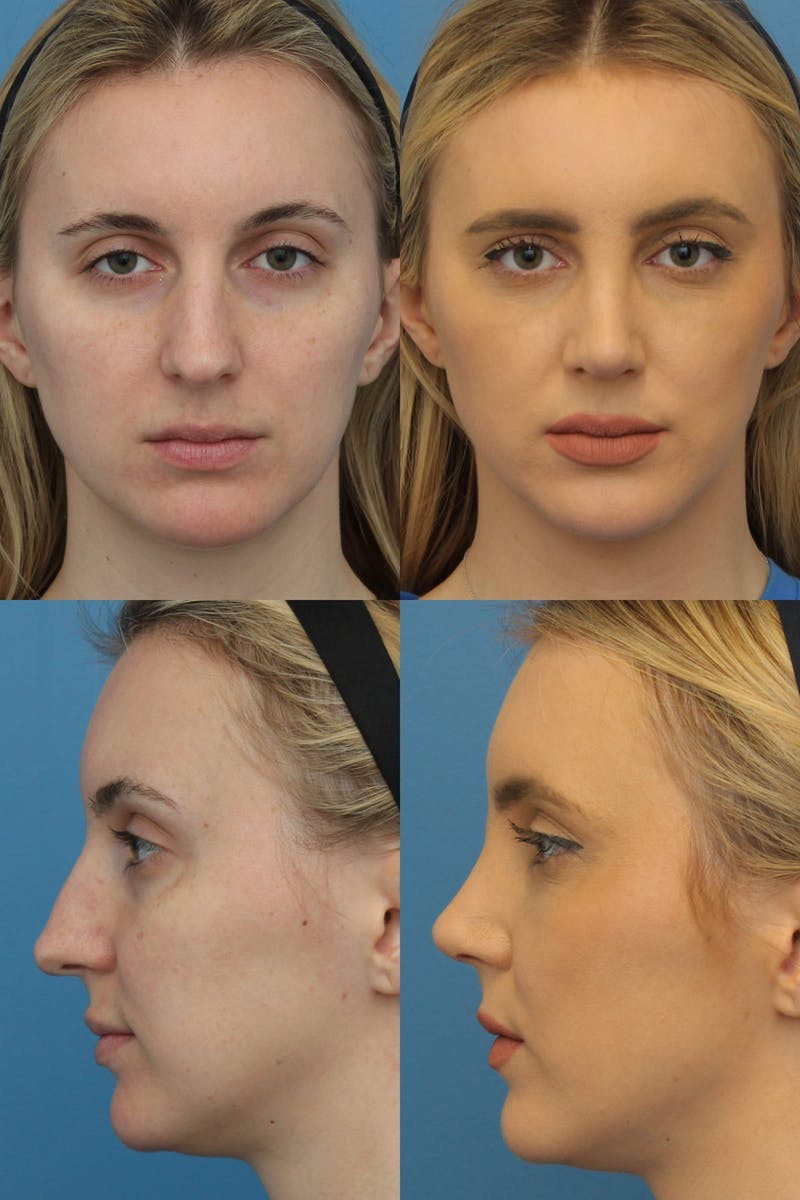
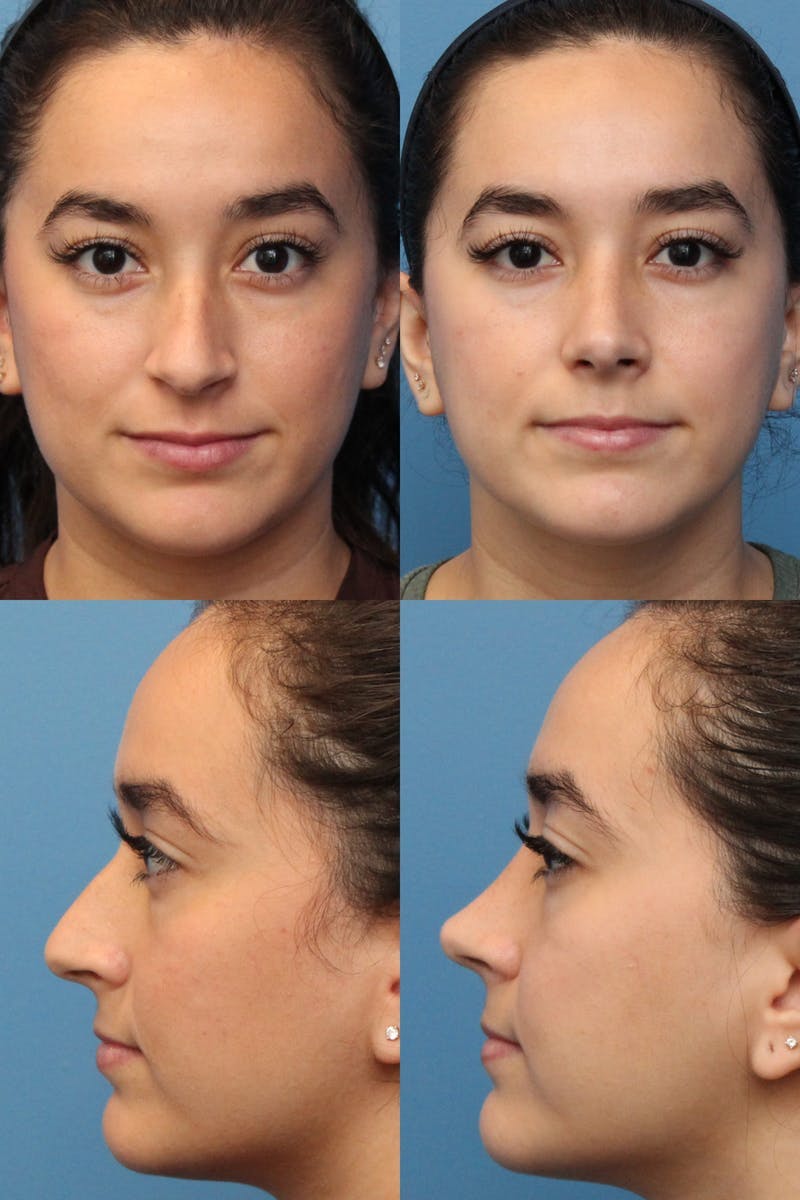
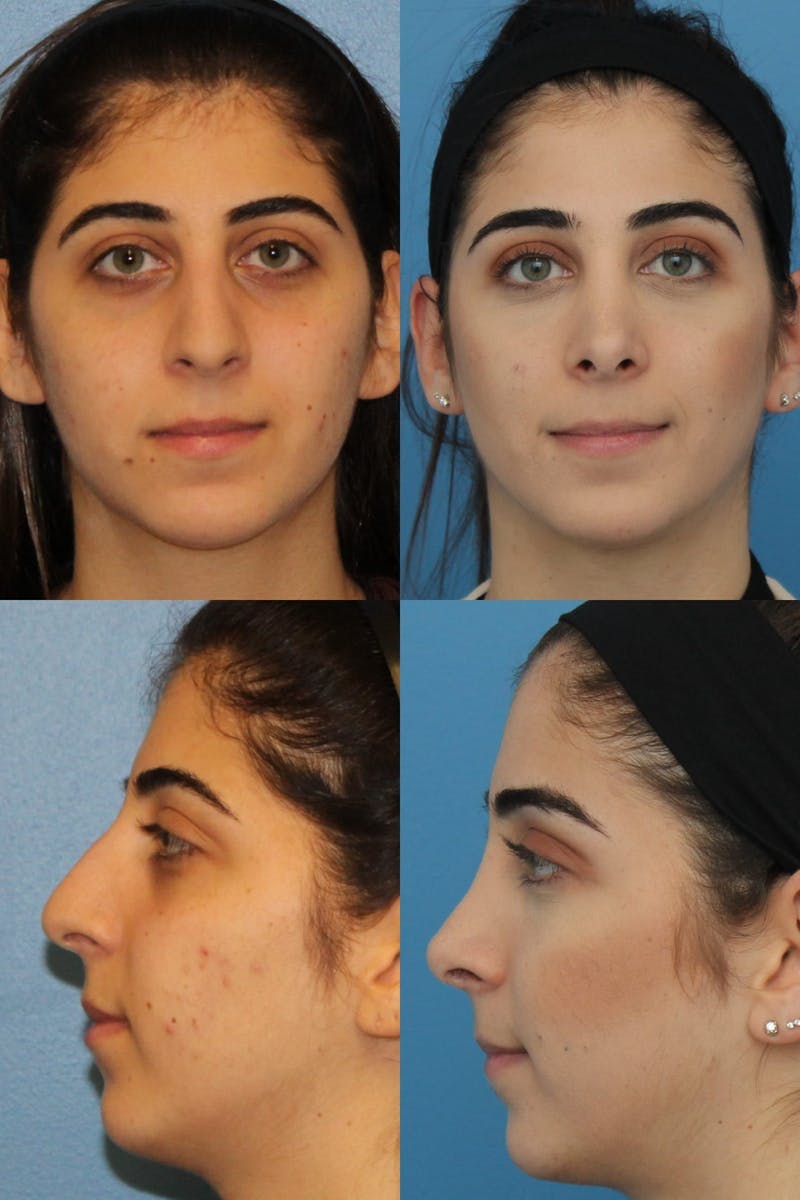
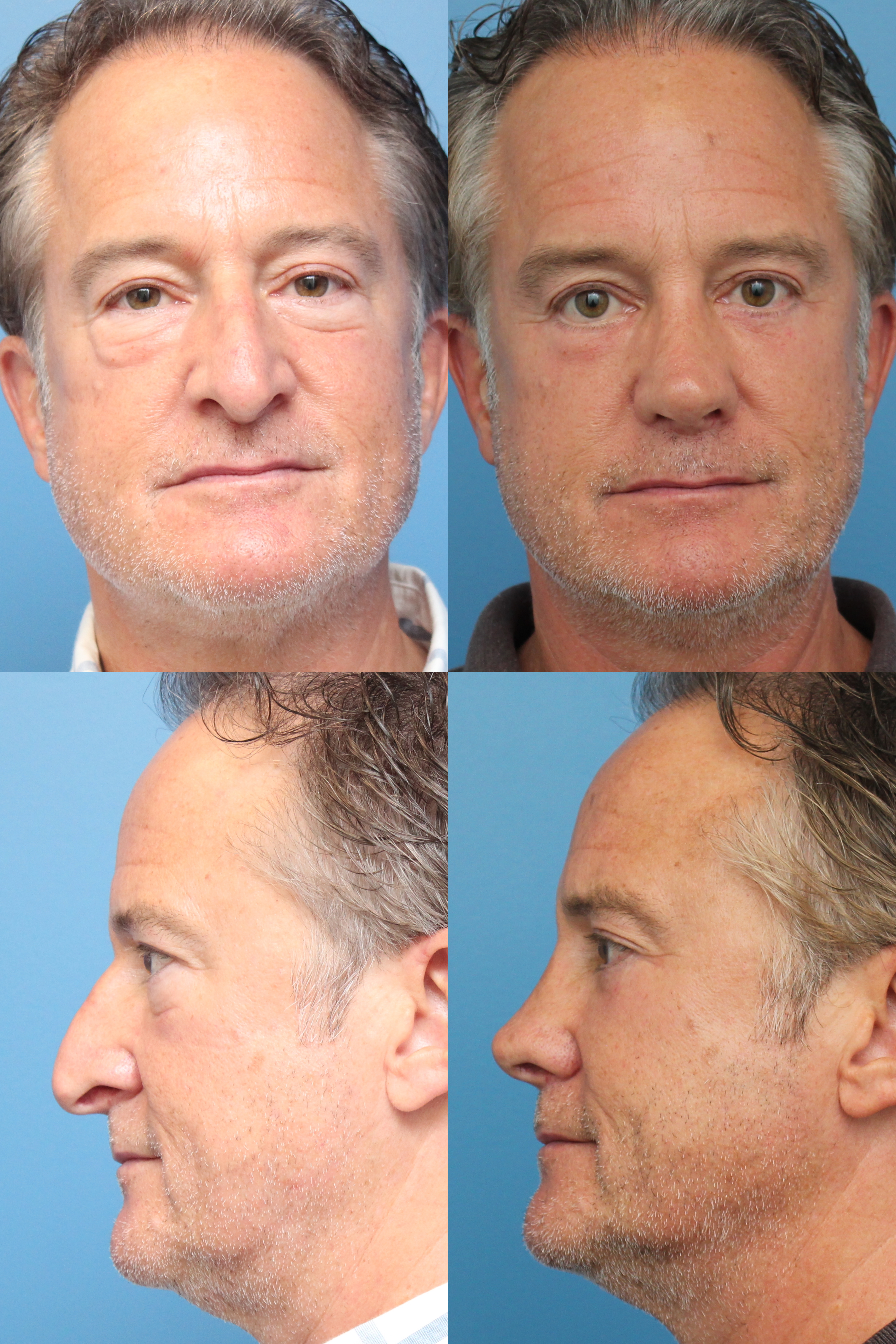
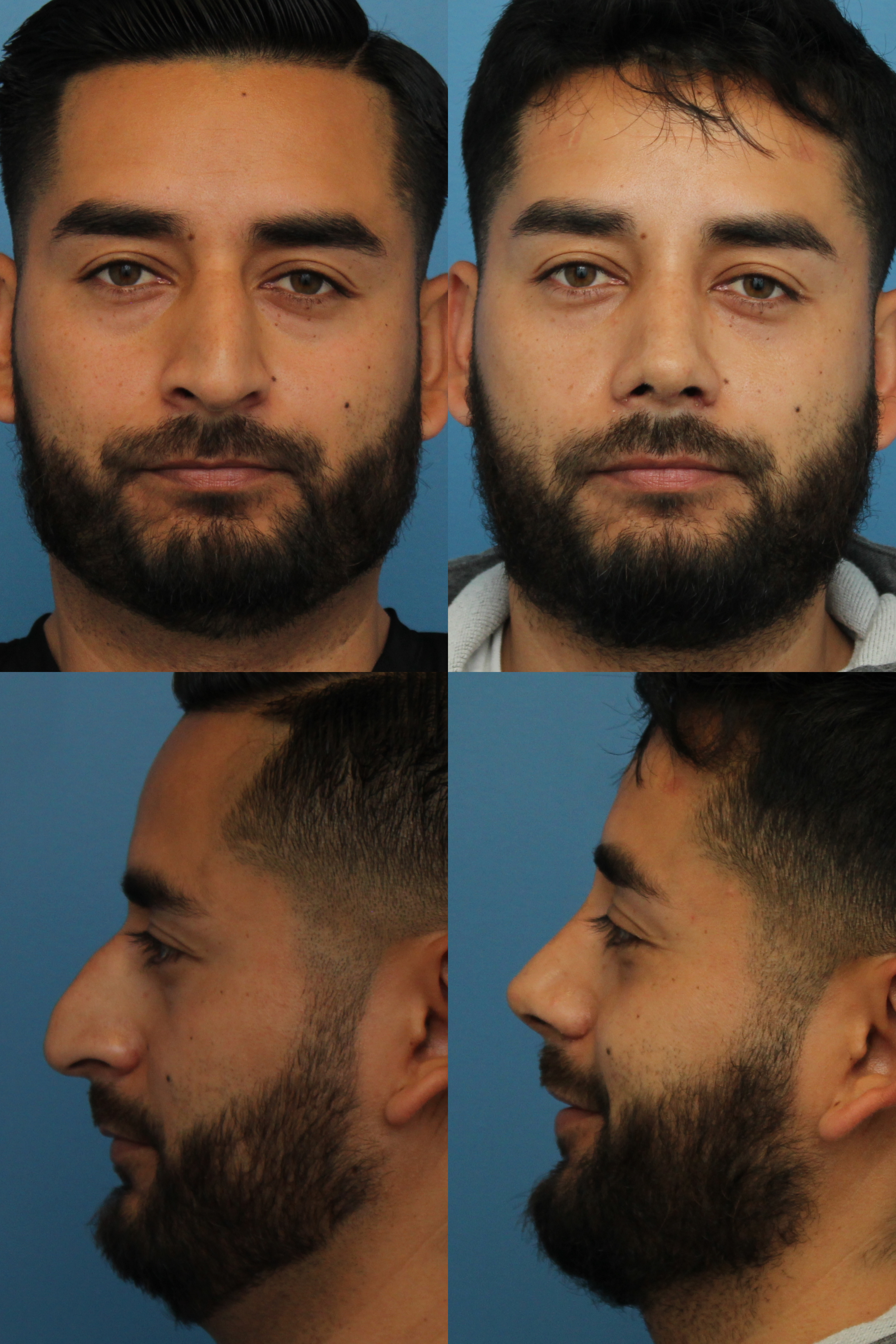
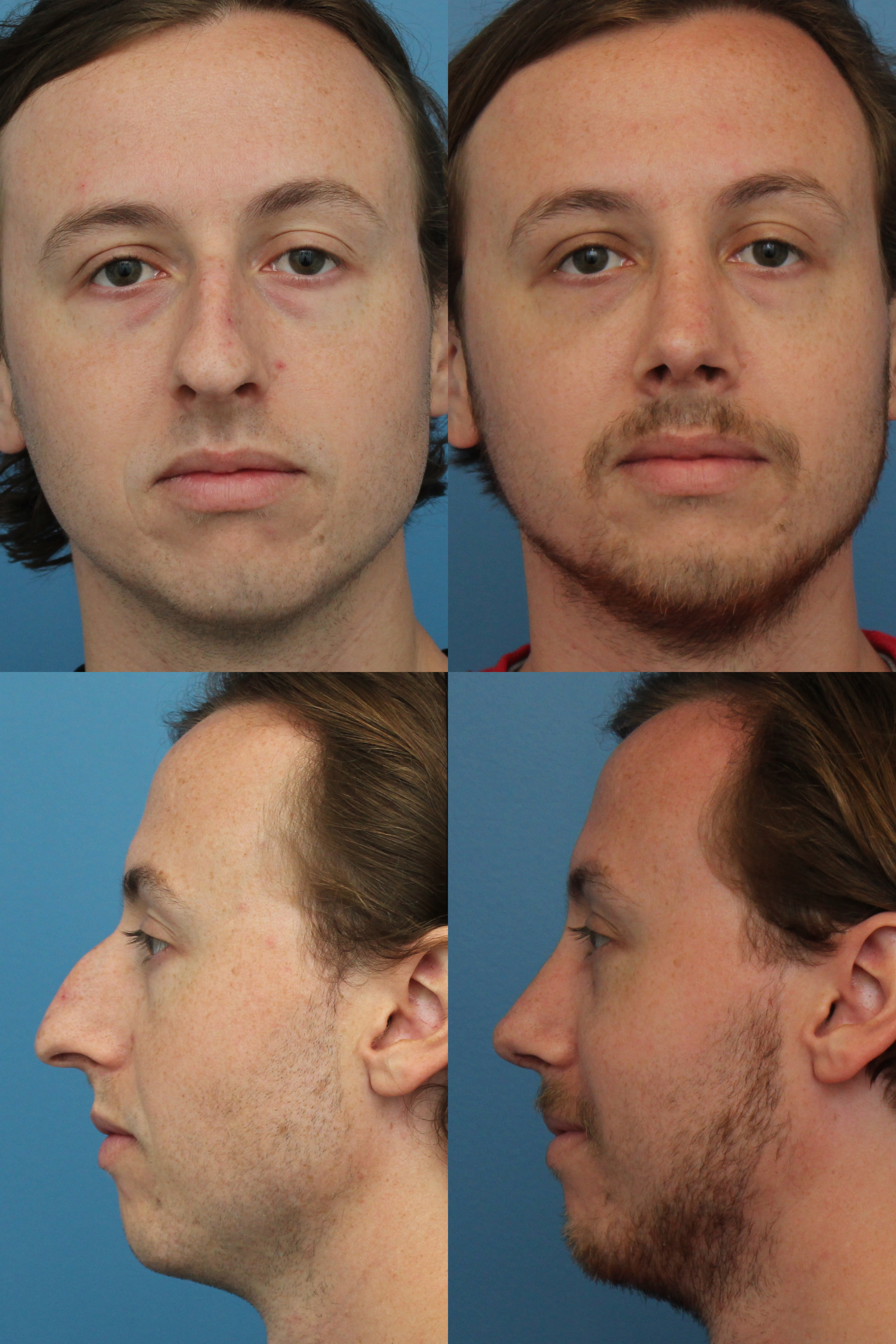
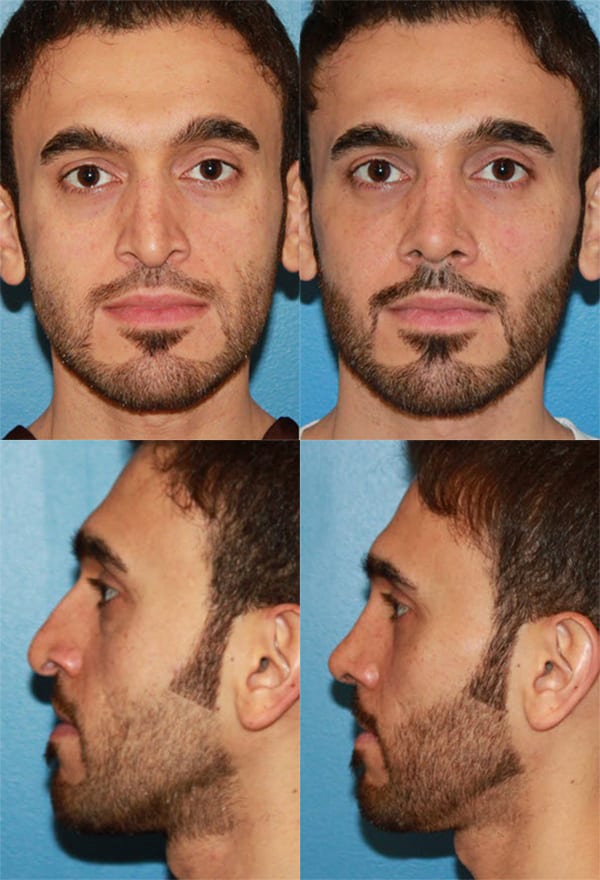
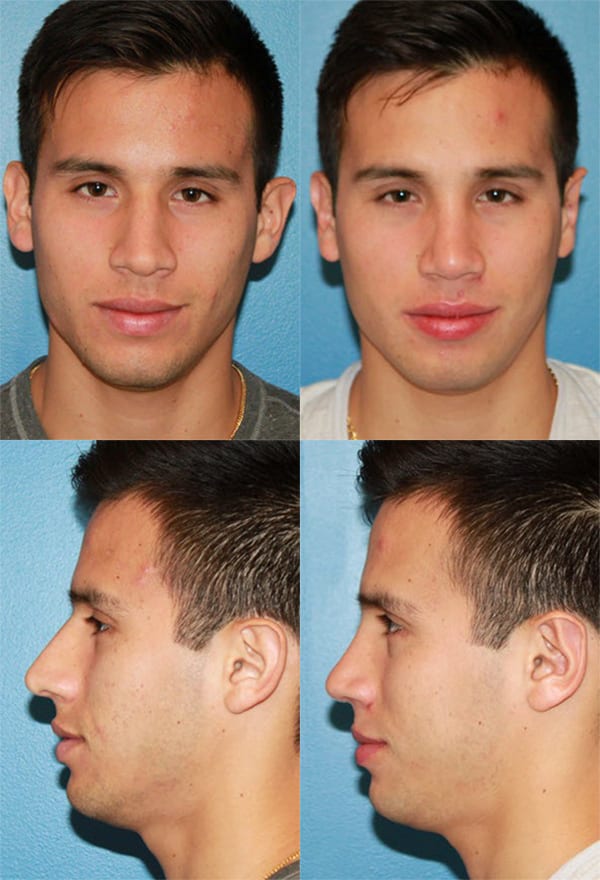
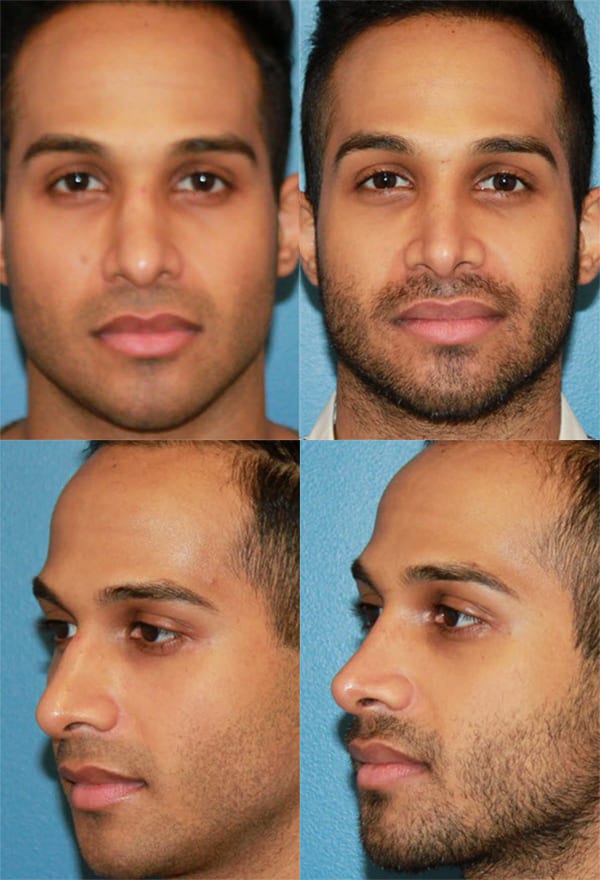

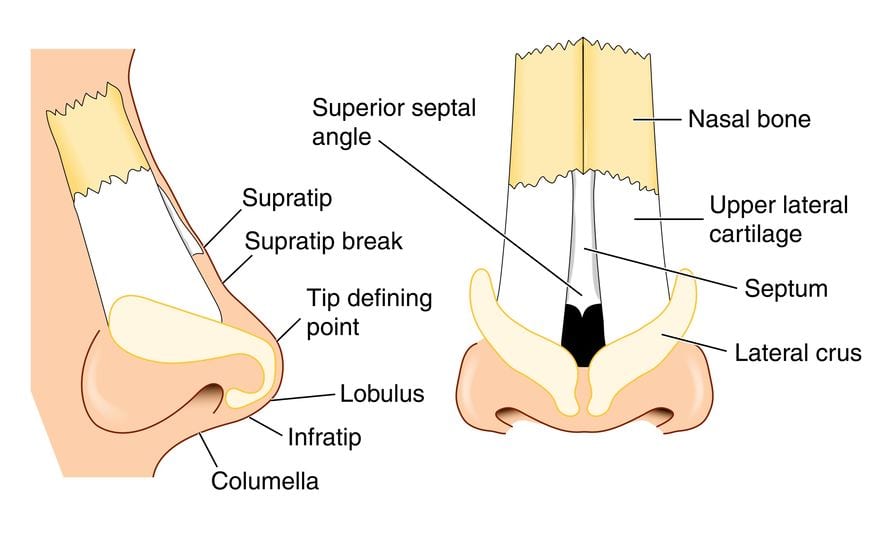 Rhinoplasty usually refers to the modification of the external nose and may involve adjustments to all three structures. When talking about nose operations you might also hear the term “septoplasty” or “turbinoplasty.” This refers to the modification of internal structures of the nose that is often adjusted in conjunction with external structures.
Rhinoplasty usually refers to the modification of the external nose and may involve adjustments to all three structures. When talking about nose operations you might also hear the term “septoplasty” or “turbinoplasty.” This refers to the modification of internal structures of the nose that is often adjusted in conjunction with external structures.